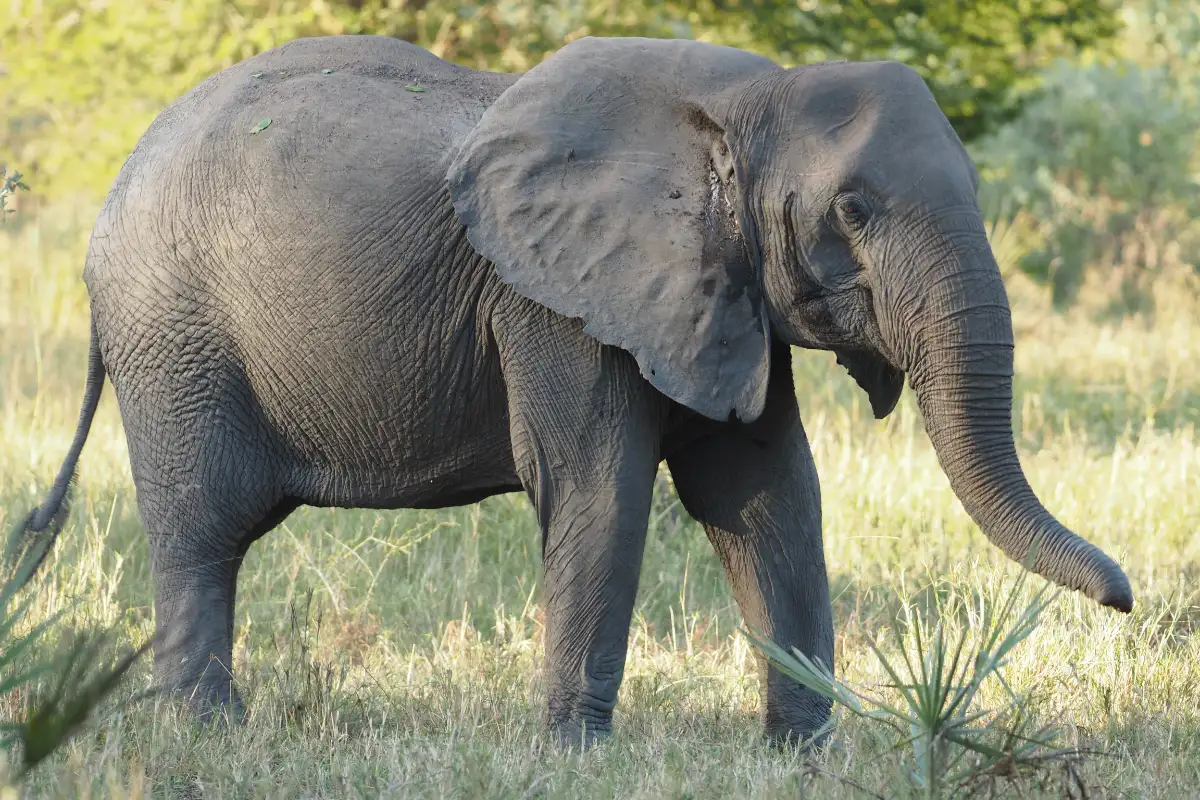Overview – Gorongosa National Park
Situated in the core of central Mozambique, Gorongosa National park lies at the southern end of the Great African Rift Valley. It is primarily home to three kinds of vegetation – savanna, grasslands and forests – found all through the whole park. Gorongosa National Park in Mozambique is maybe Africa's most noteworthy wildlife restoration story. There is a decent lot of wildlife around, including elephants and an assortment of antelope. Grasslands are dabbed with patches of acacia trees, savannah, dry timberland on sands and occasionally downpour-filled pans, and termite hill bushes. The plateaus contain miombo and montane forests and a stupendous tropical jungle at the foundation of a progression of limestone gorges.
-
Wildlife15 Animals
-
High SeasonJune to October
-
Best Time to GoJuly to October
Pros & Cons
- Amazing wildlife experience with four of the Big 5
- An incredibly diverse variety of birdlife is available for birding enthusiasts
- Community development projects and village visits
- Game drives, walking safaris and canoe safari are available
- Single lodge available in the park at the entrance with little bush appeal
- Political unrest in the area has set its development back
- Very Limited wildlife viewing opportunities
- Self-drive is not allowed at present due to security reasons
Gorongosa National Park Map in Africa

Gorongosa National Park Safari Reviews
Want to Visit Gorongosa National Park?
Wildlife & Animals – Gorongosa National Park
Gorongosa is home to a large diversity of animals. It was considered a safari mecca, containing some of the densest wildlife populations in all of Africa. However, during the civil war, the number of large mammals was cut by 95% and the ecosystems were strained. Due to the restoration project, Gorongosa National Park now has a range of wildlife including lions, elephants, buffaloes, zebras and monkeys. Hippos and crocodiles inhabit the park’s rivers and lakes.
Wildlife Highlights
Elephant numbers have recuperated well, however, buffalo are still scant. Waterbuck are especially numerous on the floodplains, and other antelope species that can be seen incorporate sable, impala, nyala, bushbuck, reedbuck and oribi. Warthog and baboons can normally be seen as together around the camp region.
Best Time for Wildlife Viewing
Gorongosa National Park can be visited around the year, but the best time to capture the wildlife viewing is in the Dry season from May to October when animals are concentrated near rivers and other permanent water sources. At this time the vegetation is also thinner making sightings easier.
Want to Visit Gorongosa National Park?
Birds – Gorongosa National Park
Bird watching can likewise be abundant with an expected 400 species including the captured plum thrush, the green coucal and the spotted creeper calling the park their home. More than 150 unique species might be recorded in a solitary day. Genuine birders should make a road trip to Gorongosa Mountain, which is the place where the majority of the genuine specials can be found, including the anxiously pursued endemic race of green-headed oriole. Sadly, self-drive isn't permitted in the park because of safety issues.
Notable Birds in Gorongosa National Park
Best Time for Bird Watching
Gorongosa can be visited around the year for Bird watching. However, the best time to visit is in the wet season from November to April. During this time migratory birds are present. Also, during these months a lot of birds are breeding, and large colonies of waterbirds can be found nesting on the sandbanks in the river. As road conditions are very bad in the park during the rains, the park closes from mid-December to the end of March. Therefore, November is the ideal month for bird watching.
Want to Visit Gorongosa National Park?
Best Time to Visit – Gorongosa National Park
Gorongosa National Park is open throughout the year, but the best time for wildlife viewing is to visit in dry seasons from July to October when the animals are easier to spot as they congregate near permanent water sources, rainfall is minimal, foliage is less dense and mosquito levels are reduced. October is very hot, though, and best avoided if you don’t like the heat.
-
Best Time
July to October
-
High Season
June to October
-
Low Season
November to May
-
Best Weather
April to August
-
Worst Weather
November to March
May to October (Dry Season)
- Amazing wildlife viewing opportunities
- It is sunny, and there is little rain
- Fewer mosquitoes and less chance of catching malaria
- Although this is the high season, the park never gets busy
- Very hot weather in October
- Warm clothes are recommended for the morning & evening chill weather
- The sky is hazy with a lot of dust in the air
May to October (Wet Season)
- Plenty of baby animals that attract predators
- Birding is best as migratory birds are present
- The scenery is beautiful and at its most lush
- Very hot & Humid climate
- Roads become bad and are sometimes impassable
- Park closes from mid-December to the end of March
- Wildlife viewing is better in Dry Season





































